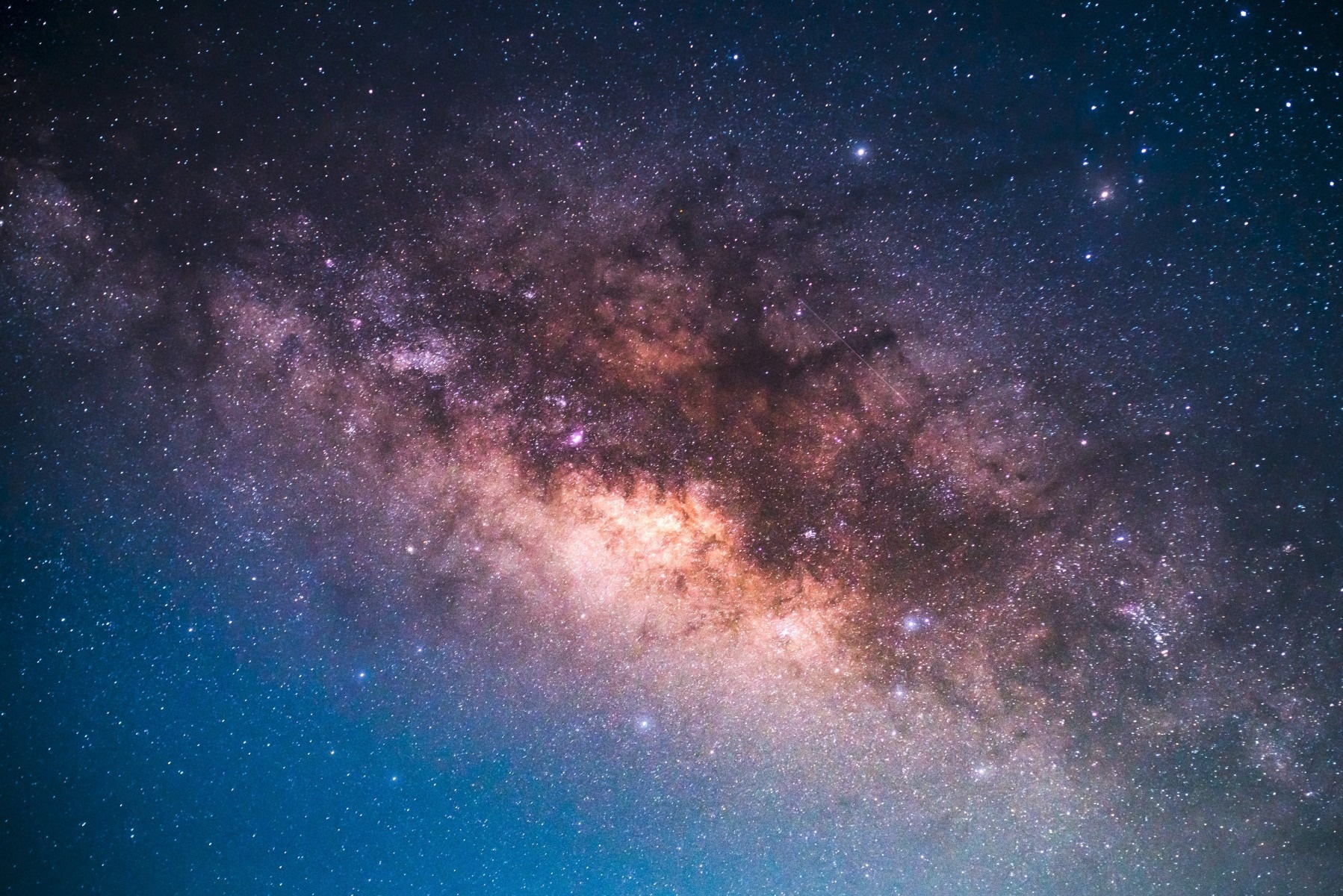New proof has been disclosed by astronomers regarding the properties of the huge bubbles of high-energy gas that extend far above and below the center of the Milky Way Galaxy.

New observations reveal greater details about the two mysterious orbs of gas that tower over the Milky Way’s center. Image Credit: Getty Images
In a new study, a research group headed by scientists at The Ohio State University was capable of showing that the shells of such structures—dubbed “eRosita bubbles” after being discovered by the eRosita X-Ray telescope—are far more complicated than previously thought.
The study has been reported in the Nature Astronomy journal.
Even though they bear a striking similarity in shape to Fermi bubbles, eRosita bubbles are bigger and more energetic compared to their counterparts. Known jointly as the “galactic bubbles” as a result of their size and location, they offer an exciting chance to study star formation history and also reveal new clues regarding how the Milky Way came to be.
This was stated by Anjali Gupta, lead author of the study and a former postdoctoral researcher at Ohio State who is currently a professor of astronomy at Columbus State Community College.
Such bubbles exist in the gas that encircles galaxies, an area which is known as the circumgalactic medium.
Our goal was really to learn more about the circumgalactic medium, a place very important in understanding how our galaxy formed and evolved. A lot of the regions that we were studying happened to be in the region of the bubbles, so we wanted to see how different the bubbles are when compared to the regions which are away from the bubble.
Anjali Gupta, Study Lead Author and Former Postdoctoral Researcher, Ohio State University
Earlier studies had presumed that such bubbles were heated by the shock of gas as it blows externally from the galaxy, but this study’s main findings indicate the temperature of the gas within the bubbles is not considerably different from the area outside of it.
We were surprised to find that the temperature of the bubble region and out of the bubble region were the same.
Anjali Gupta, Study Lead Author and Former Postdoctoral Researcher, Ohio State University
The study illustrates that such bubbles are so bright since they are filled with extremely dense gas.
Gupta and Smita Mathur, co-author of the study and a professor of astronomy at Ohio State, performed their analyses with the help of observations made by the Suzaku satellite, a joint mission between NASA and the Japanese Aerospace Exploration Agency.
By examining around 230 archival observations made between 2005 and 2014, scientists were able to specify the diffuse emission—the electromagnetic radiation from very low-density gas—of the galactic bubbles and also the other hot gases that encircle them.
Even though the root of such bubbles has been debated in scientific literature, this study is the first that starts to settle it, stated Mathur.
As the team discovered plenty of non-solar neon-oxygen and magnesium-oxygen ratios in the shells, their outcomes strongly indicate that galactic bubbles were initially formed by nuclear star-forming activity or the injection of energy by huge stars and other kinds of astrophysical phenomena rather than through the activities of a supermassive black hole.
Mathur added, “Our data supports the theory that these bubbles are most likely formed due to intense star formation activity at the galactic center, as opposed to black hole activity occurring at the galactic center.”
To analyze further consequences their breakthrough might have for other aspects of astronomy, the team believes in utilizing new data from other upcoming space missions to continue specifying the properties of these bubbles.
Scientists really do need to understand the formation of the bubble structure, so by using different techniques to better our models, we’ll be able to better constrain the temperature and the emission measures that we are looking for.
Anjali Gupta, Study Lead Author and Former Postdoctoral Researcher, Ohio State University
The other co-authors of the study were Joshua Kingsbury and Sanskriti Das of Ohio State and Yair Krongold of the National Autonomous University of Mexico. This work was financially supported by NASA.
Journal Reference
Gupta, A., et al. (2023) Thermal and chemical properties of the eROSITA bubbles from Suzaku observations. Nature Astronomy. doi.org/10.1038/s41550-023-01963-5.